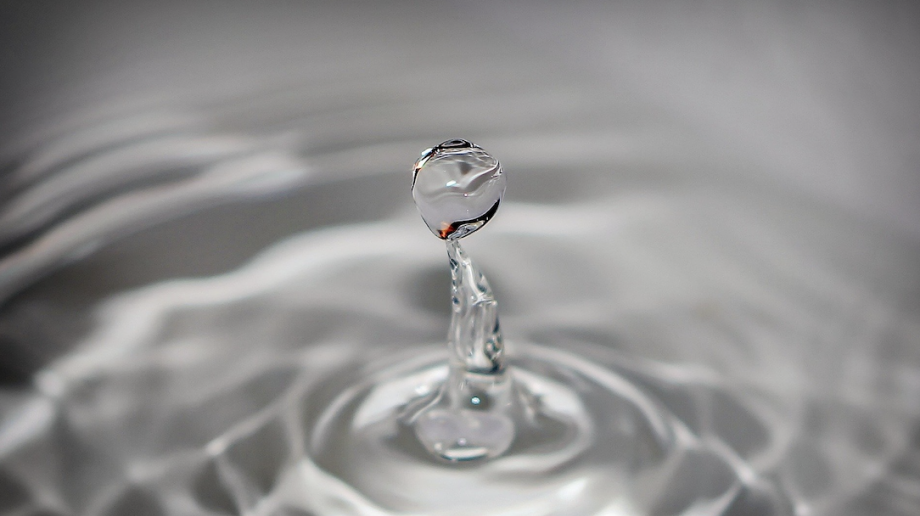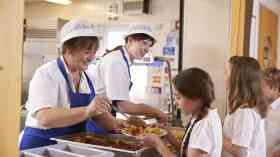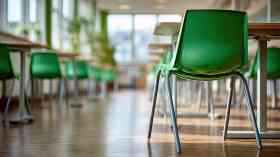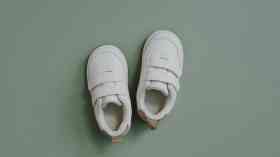
Future-proofing school hygiene and cleanliness
The enhanced levels of cleaning and hygiene practiced at schools during the Covid-19 pandemic will likely help reduce sickness levels for other infections that often spike each winter. Tony Sullivan, environmental and decontamination manager at the NHS Deep Cleaning and Advisory Service, explains why such standards should be here to stay
Covid-19 has been a much-needed eye-opener for cleaning and hygiene standards in many public spaces across the UK, not to mention those in the education sector.
While health and safety has always been one the top priorities for schools, it has taken on a new meaning during the pandemic: students must stick to their bubbles, the journey from the classroom to the dining hall now follows a strict one-way route and learning moves from classroom to computer when students need to self-isolate.
It’s fair to say these measures took some getting used to for most of us, however, a new perspective on cleaning and hygiene could be the fundamental change we need when it comes to preventing the spread of infection in schools.
The future of cleaning in schools
When it comes to the cleaning routines adopted by schools after the Covid-19 pandemic, it’s important we understand what our school leaders want.
In a survey conducted by the NHS Deep Cleaning and Advisory Service with our education contacts across the country, it was found that cleaning regimes and products were a top priority for schools when they reopened in March, with 63 per cent saying it was their highest priority.
What is even more encouraging is 80 per cent of school leaders surveyed want enhanced cleaning regimes (such as those provided by the NHS Deep Cleaning and Advisory Service) to stay in place after the pandemic.
These findings are really promising. While almost all school leaders surveyed recognised the importance of cleaning and hygiene during the pandemic, it seems this newfound appreciation of cleanliness standards is here to stay.
Education is just as important for staff as it is for students
Another key finding from the survey is that 77 per cent of schools believe it would be beneficial to teach students about the importance of cleaning, for instance giving them guidance on proper handwashing techniques.
Even the basic skills like handwashing make a massive difference when it comes to preventing the transference of infection in schools. Furthermore, the younger children are when they learn these techniques, the more likely they are to continue practicing those techniques, as they grow older.
After all, who was washing their hands for 20 seconds while humming ‘Happy Birthday’ prior to the pandemic? Now, practices like this should simply be habit for the most of us.
While we all appreciate the lengths cleaners go to keep public spaces safe and hygienic, I believe it is vitally important that everyone have at least the basic knowledge when it comes to cleaning practices. In schools, that includes teaching staff too.
After all, cleaners cannot be in the classroom every hour of the day to conduct a deep clean, so it is those extra precautions like wiping down desks and touchpoints in between lessons that make a real difference.
Touchpoint cleaning
So, what exactly is touchpoint cleaning? Touchpoint cleaning is the process of disinfecting surfaces and key features that people make contact with frequently throughout the day – in a classroom that could be anything from a whiteboard to a swivel chair. The touchpoint cleaning process eliminates the presence of pathogens and prevents their transference from one surface to another, ultimately helping reduce the spread of infection within that environment.
However, in addition to identifying your key touchpoints in a classroom, it is also important for teachers to know how to clean them properly. This all comes down to knowing the right technique. Perhaps most importantly (and what many people do not realise) is that a new cloth must be used for each surface you clean. Without following this simple rule, you run the risk of cleaning one surface and contaminating each additional surface cleaned thereafter.
In addition, surfaces should be cleaned using a figure-of-eight motion, ensuring all areas of the surface are disinfected.
In order to stay updated with the latest cleaning techniques, its important sufficient training on best cleaning practices is extended to teachers as well as cleaning staff, too.
Cleaning ‘the NHS way’
While cleaning has become a top priority for not only schools during the pandemic, but also the general public on a whole, it is important people invest in a reputable cleaning provider for professional support and guidance.
For example, the NHS Deep Cleaning and Advisory Service has worked with hundreds of schools across the UK to extend the official NHS protocol for cleanliness. By providing its training course, Cleaning the NHS Way, which was developed within the NHS and is accredited by the Royal Society for Public Health (RSPH), it sets an official standard that can be measured and audited against.
Investing in such training offers reassurance to staff, students and parents that their schools are cleaned in line official set standards of cleanliness and adhering to the ever-changing policies and procedures during and after the pandemic.
Future-proofing cleaning
To summarise, while the Covid-19 pandemic has brought significant challenges to the education sector, the newfound appreciation for proper cleaning practices and protocols within the wider community will undoubtedly benefit cleanliness standards in schools in the long-term.
While the current focus for schools has been to prevent the spread of Covid-19 within the classroom, enhanced levels of hygiene will likely help to reduce sickness levels for both staff and students by preventing the spread of infections we often expect to spike each winter, such as norovirus and influenza. Ultimately, by enhancing the frequency and standard of cleaning regimes within schools now, we are making a huge step in future-proofing cleaning practices in the education sector for the long-term.
For more information and guidance on best cleaning practices, visit the website below.
Further Information:Latest News
31/10/2025 - 10:12
A growing number of UK children are now eligible for Free School Meals (FSM), yet most still aren’t taking advantage of them on a daily basis, new research reveals.
30/10/2025 - 01:28
In the wake of the Raac crisis, the DfE spent £5 million on research into the condition of school buildings, which is due to conclude in spring 2026.
30/10/2025 - 01:09
Malmesbury Primary School in Wiltshire has submitted plans for a major expansion, funded by entrepreneur James Dyson.
30/10/2025 - 00:55
Monday's Every Pair Tells a Story campaign to protest to highlight the national crisis in SEND provision.
29/10/2025 - 09:19
Estimated data from the Department for Education reveals that 470,000 pupils under 16s use local authority funded transport to get to school.







